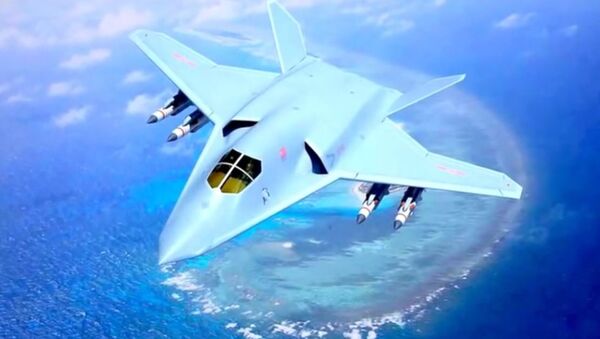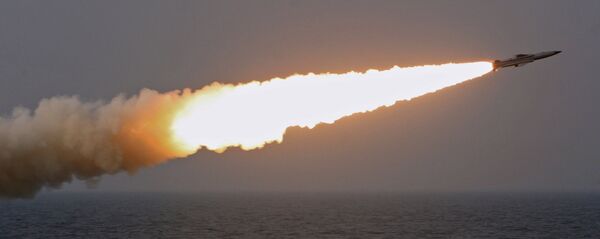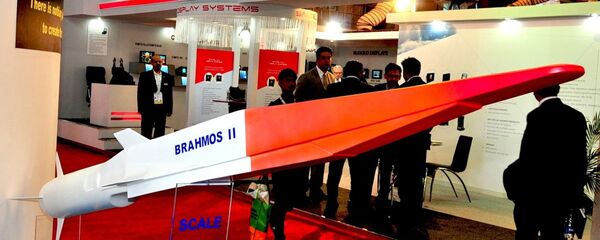As a major power, China should carry out research on hypersonic technology and invest sufficient capital and energy in the development of counter technologies, the expert explained.
According to the website Nextbigfuture, the program had at least one successful hypersonic flight at Woomera testing range in South Australia last week. The experiments were concluded on July 12, confirmed Australian Defense Minister, Marise Payne.
The report described HiFIRE 4 as a free-flying hypersonic glider designed to travel at Mach 8.
BAE Systems Australia, one of the researchers of the program, claimed in a statement that "the successful flight trial [was] the most complex of all HIFiRE flights conducted to date."
The $54 million joint initiative involves the US Air Force, Boeing, the Australian Department of Defense's Defense Science and Technology Group, BAE Systems Australia, and the University of Queensland.
As a matter of fact, the flight is just a small part of the whole HiFIRE program. The University of Queensland is involved in three flights in the program. These tests will be known as HyShot, V, VI and VII.
HiFIRE is just the tip of the iceberg of the huge hypersonic research work by the U.S., said the military expert. The U.S. has conducted many experiments on hypersonic vehicles including unmanned research scramjet aircraft X-51, Advanced Hypersonic Weapon (AHW) and the crewless experimental hypersonic glide vehicle rocket glider, Hypersonic Technology Vehicle 2.
These projects almost cover all theories, forms and technologies of current hypersonic vehicles. With a high engineering degree, their design parameters are leaders in the world.
Though foreign media described the vehicle as hypersonic "missile", the expert explained that HiFIRE 4 is not a missile, and the HiFIRE program is not conducted for weapons research. However, the expert pointed out that the data acquired in the program will help the U.S. to develop hypersonic weapons.
The expert told Global Times that hypersonic technology is a strategic-level technique crucial for national security, and also one important for the development of aerospace. Thanks to their unpredictable flight routes and low trajectory, hypersonic weapons are very difficult to intercept, thus posing huge challenges for early warning systems.
As a result, the expert suggested that China develop its own counter hypersonic technology and invest sufficient capital and energy into it.
This article was initially published by Huanqiu on The Global Times.





